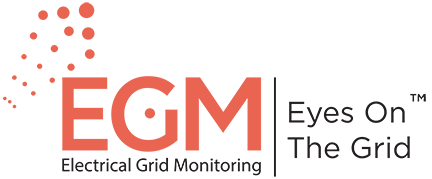Amir Cohen, founder & CEO of EGM (Electrical Grid Monitoring, Inc), argues that ‘multi-sensing’ technologies deployed on the current grid, accurately analysing many parameters in real time, could greatly increase grid capacity and improve performance, reducing the need for spending on new infrastructure.
Modern Power Magazine publishes an Article by Amir Cohen, CEO, see full story here.
“The Meta-AlertTM Grid Operation and Management System, installed by EGM (Electrical Grid Monitoring, Inc) on a 161 kV line in the Middle East, was operational within minutes of installation and is analysing data on over 60 parameters, from voltage to temperature, helping accurately predict the maximum current that overhead lines can carry several days ahead. This will help operators harness favourable weather conditions to safely increase capacity, relieve congestion, and integrate more renewable power into networks without unnecessary extra infrastructure. By unlocking spare capacity on long-distance high-voltage transmission lines, this could also remove the need to curtail distant renewable energy generators during peak periods.
The same ‘multi-tasking’ technology can also use feeder or meter sensors to identify low power levels or leaking grid components and even find common causes of power loss across multiple sites, helping networks conserve power. This could ultimately be combined with machine learning systems to create smart ‘self-healing grids’ that can anticipate and avert power loss or other faults before they occur.
The technology can also accurately analyse load measurements from each section of feeder lines to help operators find opportunities to balance loads between parallel power lines, increasing the combined capacity of the network. The system can offer load balancing recommendations and even model new load conditions to find the optimal ways of maximising capacity using existing lines. It has additional applications from predictive maintenance to balancing renewable supply and demand in real-time and even improving grid resilience against extreme weather.
Cumulatively, this could drive a sea-change in network capacity, with power grids using comprehensive, current data on everything from voltage to temperatures to dynamically boost capacity and reduce power loss across networks. This could create smart, versatile networks that continuously increase flexibility and capacity, helping integrate more renewable energy without excessive new infrastructure.
With grids rapidly approaching gridlock and construction lagging far behind targets, increasing network efficiency represents the most economically and environmentally sustainable path to boosting global capacity.”
